How To Propagate Lantana: Learn How To Grow Lantana From Cuttings And Seeds
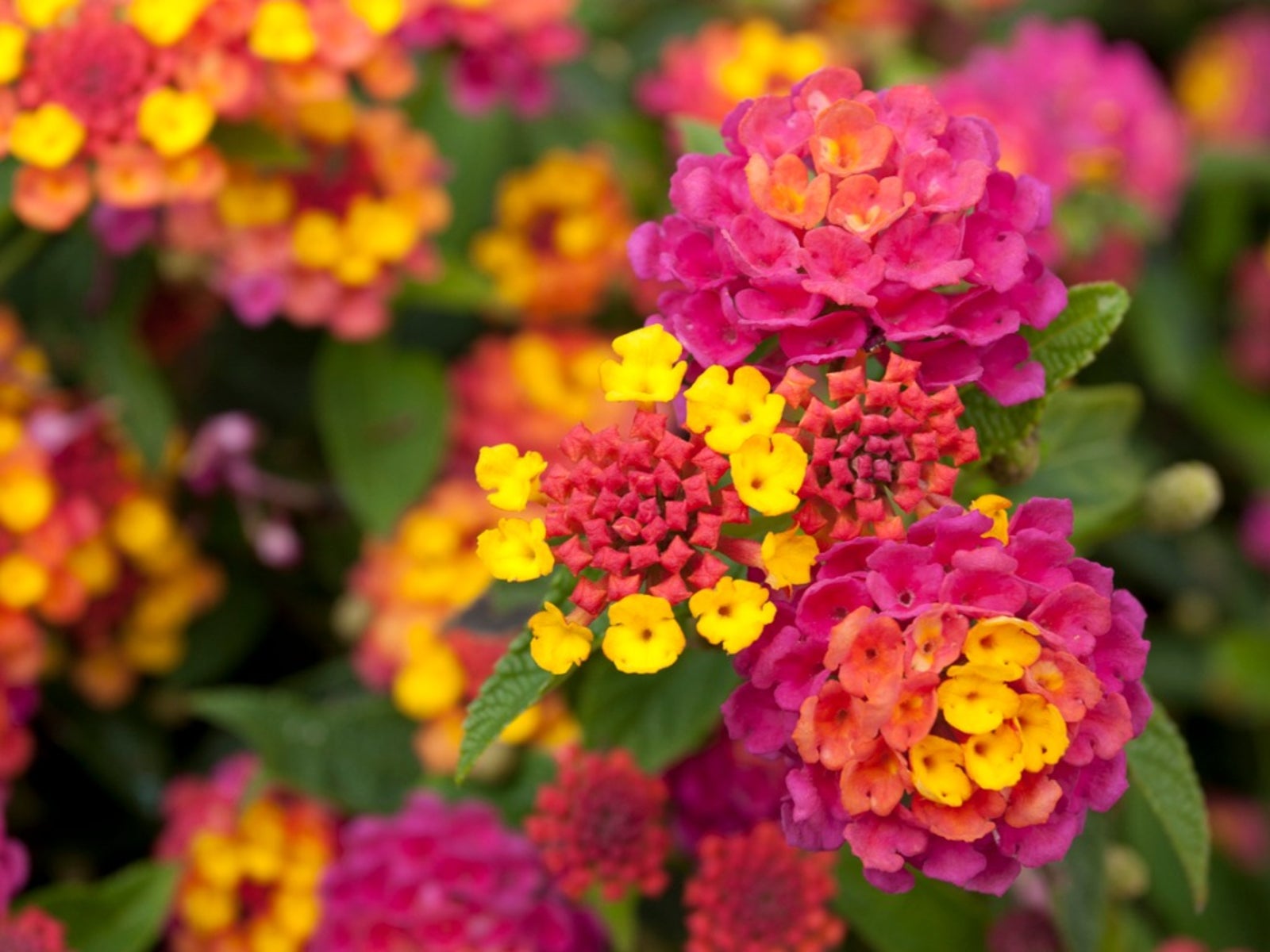

Tonya Barnett
Lantanas are most known for their immensely vibrant flowers and unique ability to attract pollinators of all types. A cluster of lantana flowers start out all one color, but as the blossoms age they change to different colors, giving the cluster an interesting, multicolor appearance.
Hardy to USDA growing zone 8, these dependable tender perennials grow quickly to form dense, attractive mounds in flower beds and at the front of mixed borders. Their small stature also lends their use as potted or container plants, which are sure to add color and appeal to patios and porches.
Beyond its hardiness zone, lantana is often grown as an annual. This means that gardeners will need to purchase new plants each spring, or familiarize themselves with the propagation of lantana plants. Learning how to propagate lantana will be helpful in maintaining many of your favorite varieties year after year.
How to Propagate Lantana
There are two ways to propagate a lantana: seed propagation and cutting propagation. Both are possible, though they will likely have different results.
Lantanas grown in the garden are often hybrids, so be forewarned that propagating lantana from seed may not result in offspring that are similar to the parent plant. To collect the seeds, harvest the small black berries when they are fully ripe and remove the seeds from the berries. Clean the seeds and allow them to dry for a couple of days before storing them in a sealed container in the refrigerator.
Cuttings always produce a plant exactly like the parent plant. If you are partial to the color or other characteristics of a particular plant, take cuttings in the spring rather than growing lantana from seed. To preserve plants until spring in cool climates, cut them back and then pot them up so that you can care for them indoors over winter.
Can You Grow Lantana from Seed?
Lantana can be found in most garden centers in early spring. Most growers choose to buy and transplant these starts into their beds, as lantana seeds can be somewhat difficult to germinate. Still, many may have interest in growing the plant in this manner.
Gardening tips, videos, info and more delivered right to your inbox!
Sign up for the Gardening Know How newsletter today and receive a free copy of our e-book "How to Grow Delicious Tomatoes".
As several hybrid lantana cultivars are available, it's important to note that the seeds produced from many of these plants may yield varied results. Seeds from hybrids may be sterile or vary greatly from their parent in terms of appearance. Those determined to propagate lantana from seed will have the best chances of success provided that all of their needs for growth have been met.
How to Grow Lantana from Seed
- Start lantana seeds indoors 6 to 8 weeks before you plan to transplant them outdoors.
- Soak seeds for 12-24 hours in clean, warm water to soften the seed coat.
- Fill small, individual pots to within ½ inch (1 cm) of the top with soilless seed starting medium and moisten the medium with water.
- Lay one or two seeds in the center of each pot and cover them with 1/8 inch (3 mm) of soil.
- If more than one seedling emerges, clip out the weakest plant with a pair of scissors.
- Keep the soil consistently moist and at a steady temperature between 70 and 75 F (21-24 C) day and night. A good way to maintain the moisture is to place the pots in a clear plastic bag. You can keep temperatures steady with a heat mat.
- While the pots are in the bag, keep them away from direct sunlight. Check the pots often and remove the bag as soon as the seedlings emerge.
- Be patient, and don't give up hope if your seedlings don't sprout right away. Even under ideal conditions, you can expect germination to take 6 to 8 weeks.
How to Grow Lantana from Cuttings
Propagating lantana from cuttings is a more reliable technique. This method will produce plants that are the same as the parent plant. This is especially helpful for growers hoping to overwinter their favorite varieties or those hoping to increase the numbers of lantanas in their garden beds. Begin the process in the spring to allow ample time for the development of new roots.
Propagating lantana plants from cuttings:
- Take cuttings of new growth in spring.
- Cut 4-inch (10 cm) tips from the stems and remove the lower leaves from the cutting, leaving only the uppermost 1-2 sets of true leaves at the top.
- Prepare a small pot of seed starting mix or a half-and-half mixture of peat moss and perlite. Moisten the mix with water and make a hole 2 inches (5 cm) deep in the center of the pot with a pencil.
- Coat the lower 2 inches (5 cm) of the cutting with rooting hormone. (Though rooting hormone is not essential, it may help to speed the process).
- Place the cutting in the hole, firming the medium around the base so it stands up straight.
- Place three or four craft sticks in the soil near the edge of the pot. Space them evenly around the pot. Put the potted cutting in a plastic bag and seal the top. The craft sticks will keep the bag from touching the cutting.
- Each cutting should be watered well at planting, and kept consistently moist throughout the following weeks.
- Check occasionally to make sure the soil is moist, but otherwise leave the cutting undisturbed until you see signs of new growth.
- Rooting takes three to four weeks. After two weeks, you can check the plants by gently tugging at the base of each cutting. Any resistance will indicate that the plants have been successfully rooted.
- Remove the cutting from the bag and place it in a sunny window until you are ready to transplant it outdoors.

Jackie Carroll has written over 500 articles for Gardening Know How on a wide range of topics.
- Tonya BarnettWriter
-
 Zinnias On Repeat: 10 Glorious Cut-And-Come-Again Varieties For Endless Summer Bouquets
Zinnias On Repeat: 10 Glorious Cut-And-Come-Again Varieties For Endless Summer BouquetsThese zinnia varieties keep giving all summer, making them the perfect choice for dedicated cutting gardens – or just the occasional homegrown bouquet.
By Ellen Wells
-
 Create A Romantic Garden Straight Out Of Bridgerton: Regency Era Romance In Your Garden
Create A Romantic Garden Straight Out Of Bridgerton: Regency Era Romance In Your GardenTry some romantic garden ideas straight out of Bridgerton. Flowers and gardens in the Regency era were lush and charming and you can get the same look!
By Bonnie L. Grant
-
 Growing Lantana Indoors For The Winter
Growing Lantana Indoors For The WinterCan I bring Lantana inside for the winter? Well, click here to find out.
By Tonya Barnett
-
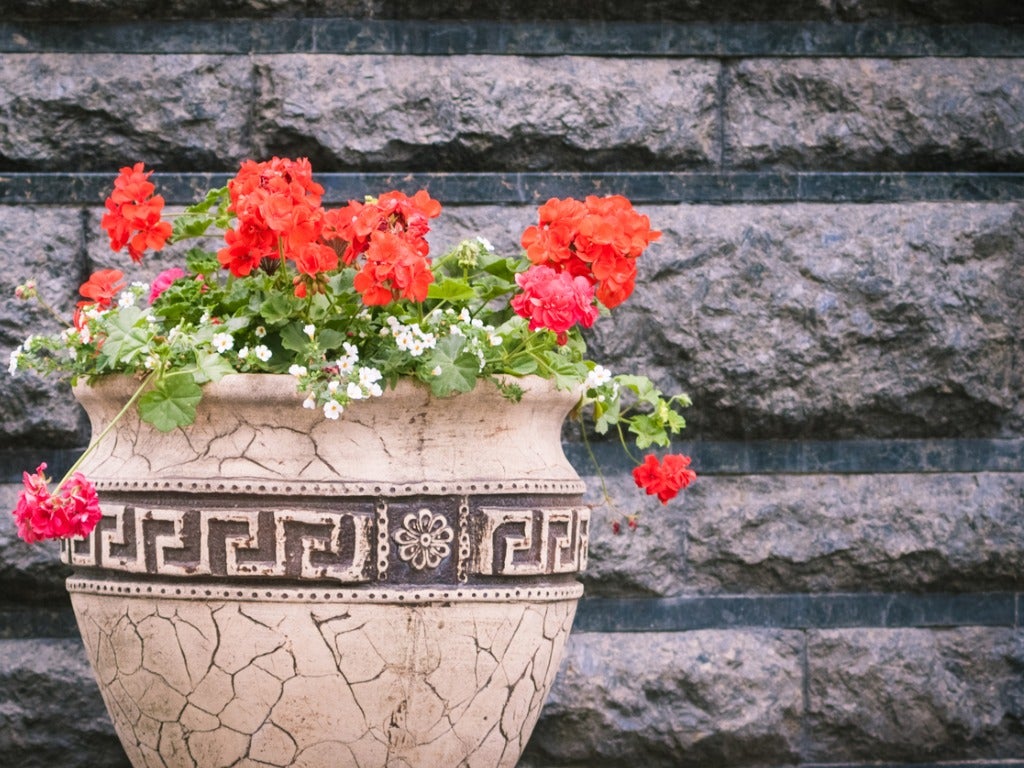 Repotting Lantanas: When And How To Repot Lantana Plants
Repotting Lantanas: When And How To Repot Lantana PlantsLantana is ideal for growing in containers or ornamental raised flower beds. With proper care, gardeners can enjoy the small showy flowers for many years to come. In doing so, learning how to repot lantana will be important. This article will help with that.
By Tonya Barnett
-
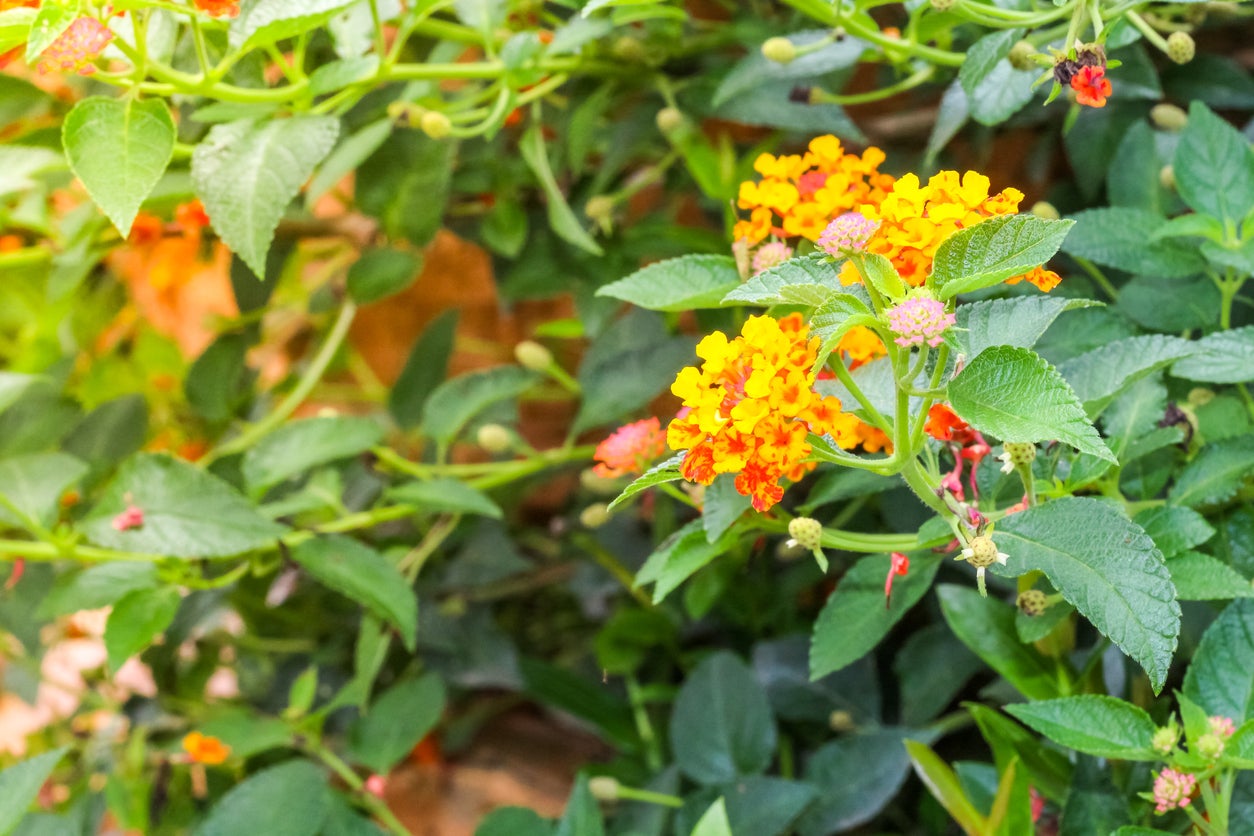 Controlling Lantana Weeds: Stopping Lantana Spread In The Garden
Controlling Lantana Weeds: Stopping Lantana Spread In The GardenIn some gardens, Lantana camara is a pretty, flowering plant that adds delicate, colorful blooms to flower beds. In other areas, though, this plant can be more of a pest. Find out ways for controlling lantana weeds in your yard by clicking this article.
By Mary Ellen Ellis
-
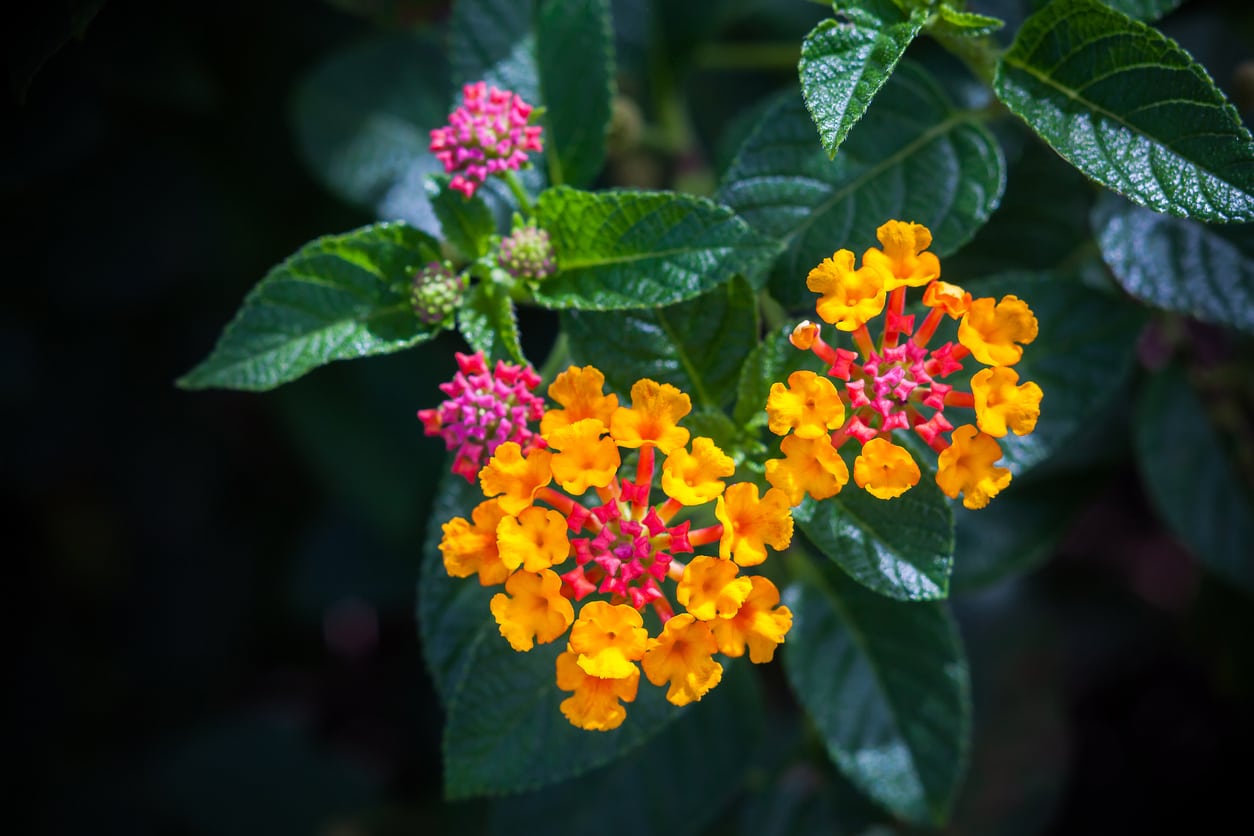 Can You Transplant Lantanas: Tips For Moving A Lantana Plant
Can You Transplant Lantanas: Tips For Moving A Lantana PlantIf you have a lantana that is struggling in its current location or has outgrown its space and is not playing nice with other plants, you may be searching for some tips on how to transplant lantana. This article will help get you started with that.
By Darcy Larum
-
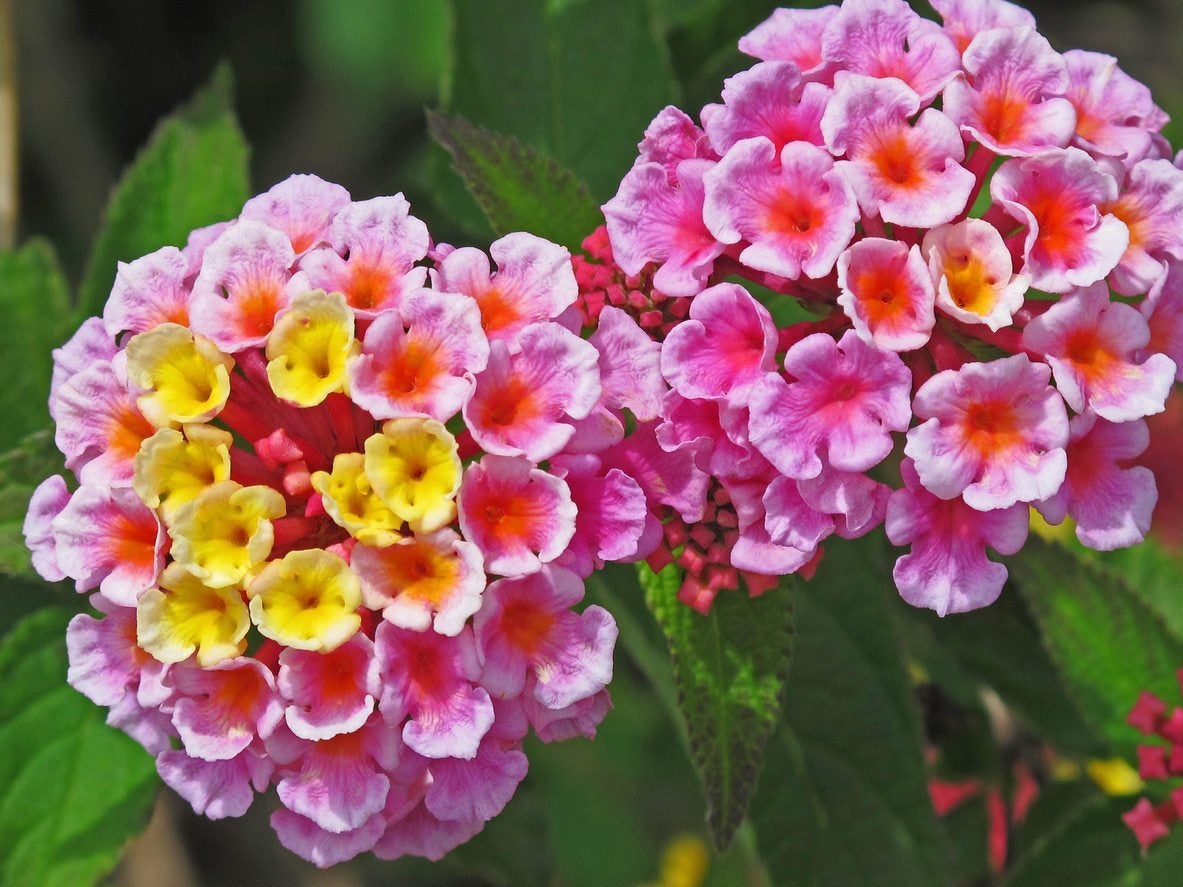 Color Changing Lantana Flowers – Why Do Lantana Flowers Change Color
Color Changing Lantana Flowers – Why Do Lantana Flowers Change ColorSince a lantana flower cluster has flowers of multiple ages, it will often display different colors in the center and on the edges. You can observe lantana flowers changing color in your garden as the season advances. Learn other reasons for color changing in this plant here.
By Ilana Goldowitz Jimenez
-
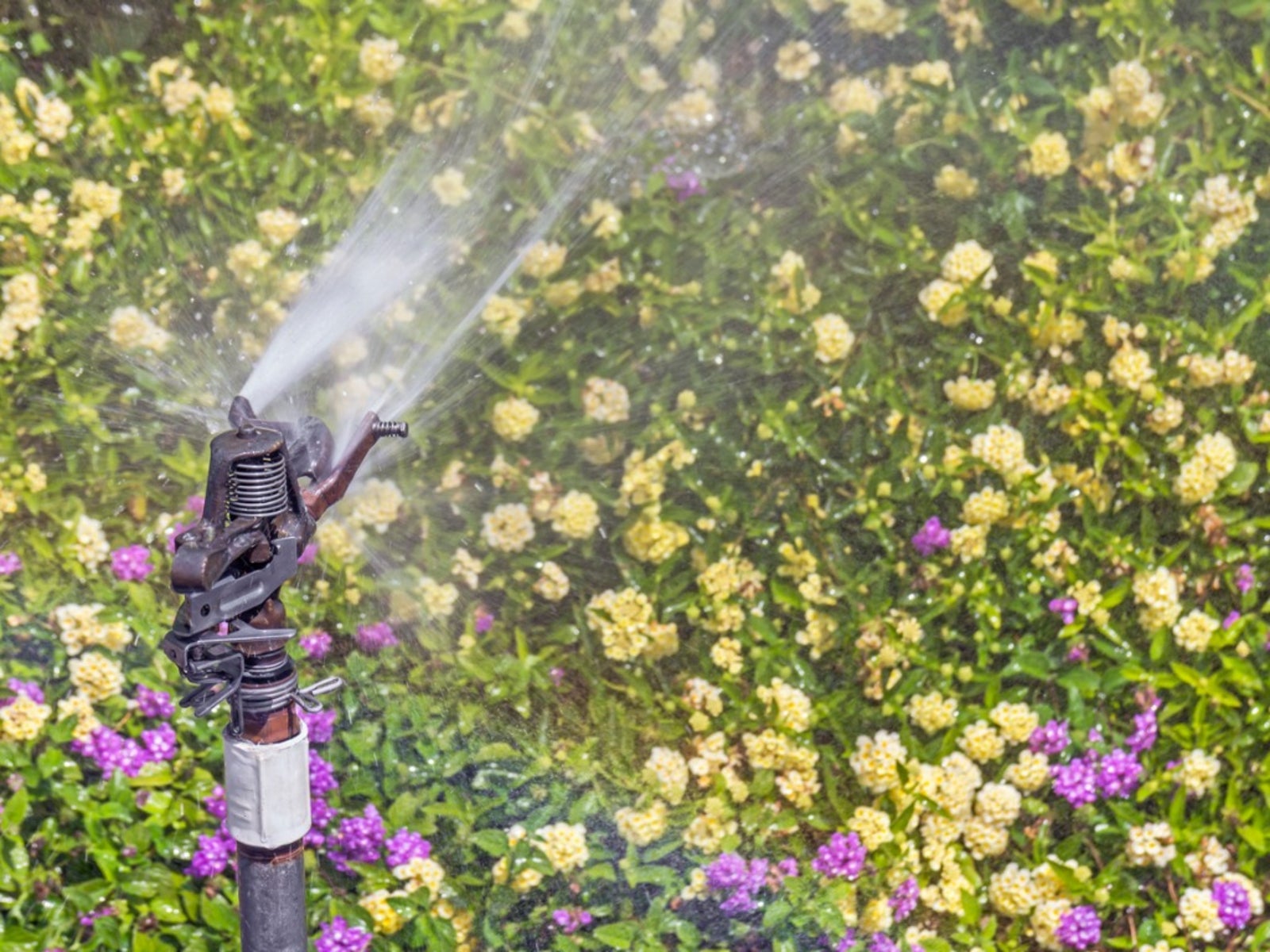 Lantana Watering Needs – Tips On Watering Lantana Plants
Lantana Watering Needs – Tips On Watering Lantana PlantsLantana can tolerate drought once established but the best development and flowering results from consistent watering. How much water do lantana plants need? We will discuss when to water lantanas for best growth and flower production in this article.
By Bonnie L. Grant
-
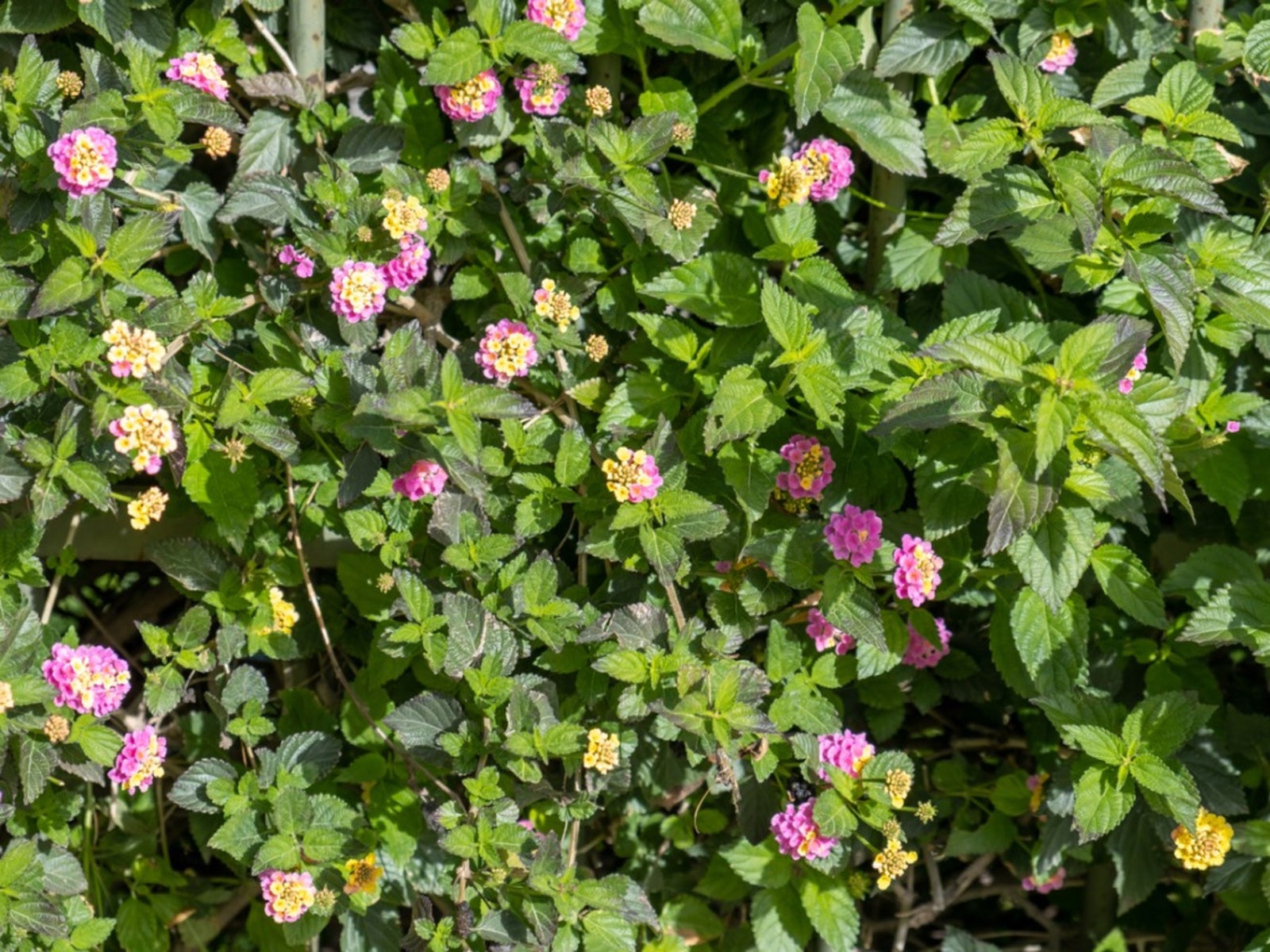 Lantana Leaf Yellowing – Treating Yellow Leaves On Lantana Plants
Lantana Leaf Yellowing – Treating Yellow Leaves On Lantana PlantsGardeners love lantana because of its brightly colored blossoms that attract butterflies and bloom from spring to frost. If you see your lantana plant turning yellow, it could be nothing or something serious. Click this article for more information.
By Teo Spengler
-
 Lantana Groundcover Plants: Tips On Using Lantana As A Groundcover
Lantana Groundcover Plants: Tips On Using Lantana As A GroundcoverMost lantana plants reach heights of 3 to 5 feet (1 to 1.5 m.), so lantana as a ground cover doesn't sound very practical - or does it? If you live in USDA plant hardiness zone 9 or above, trailing lantana plants make wonderful year-round ground covers. Click here to learn more.
By Mary H. Dyer